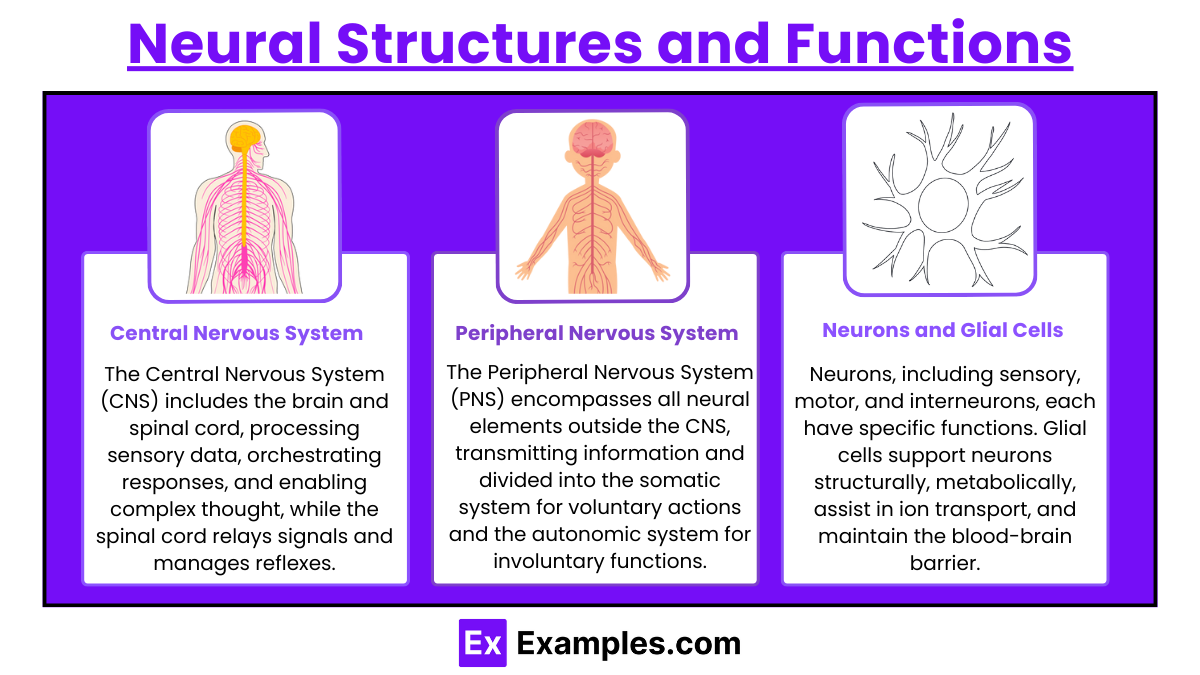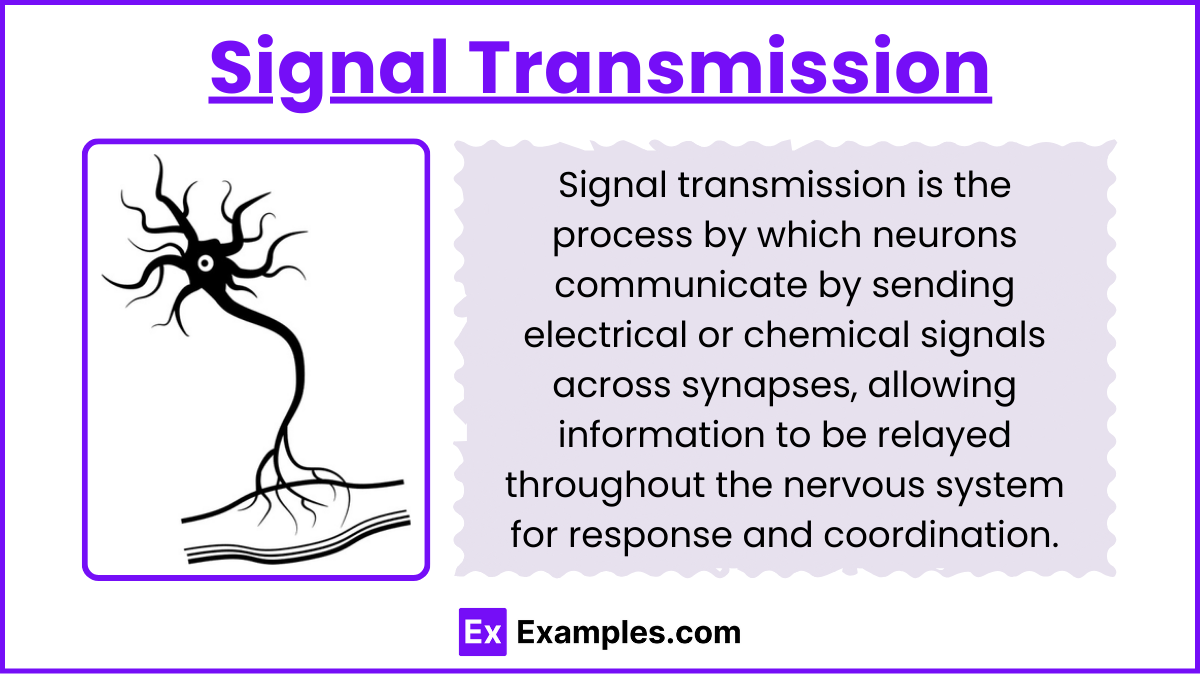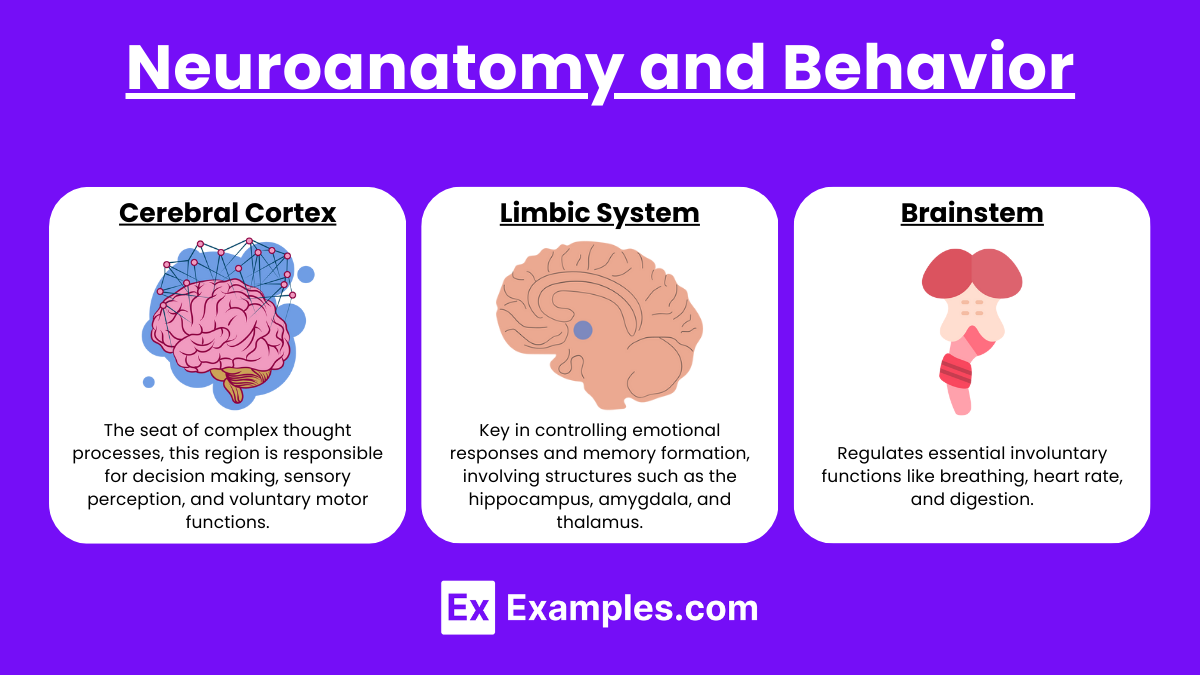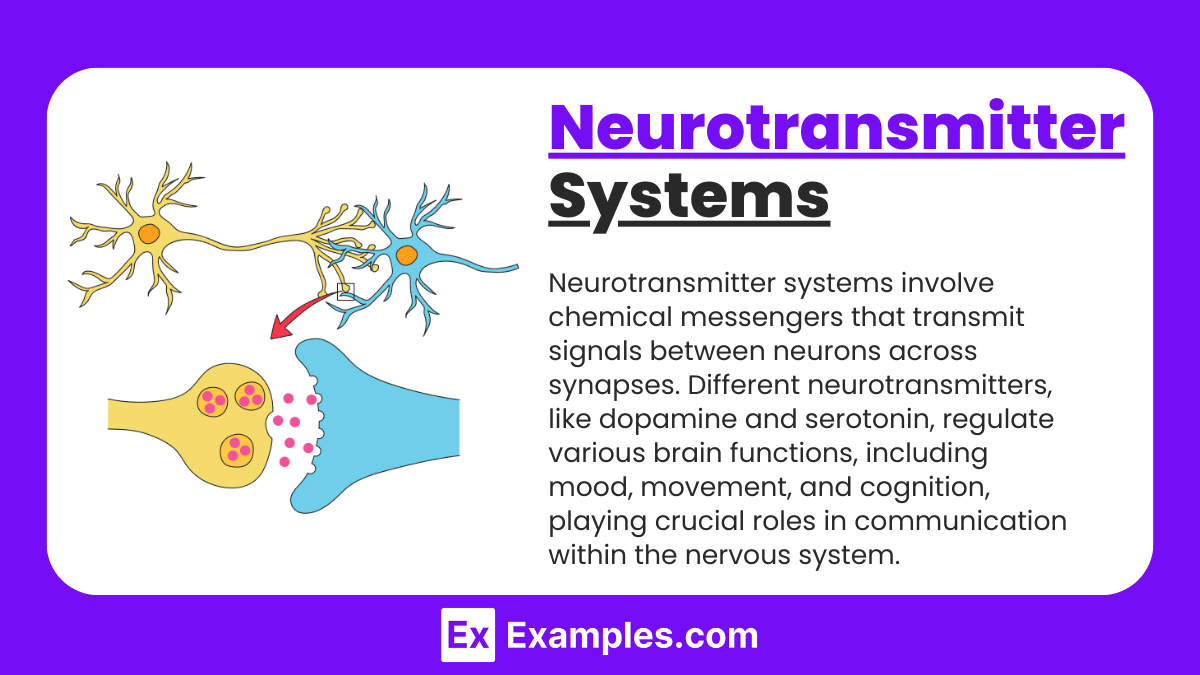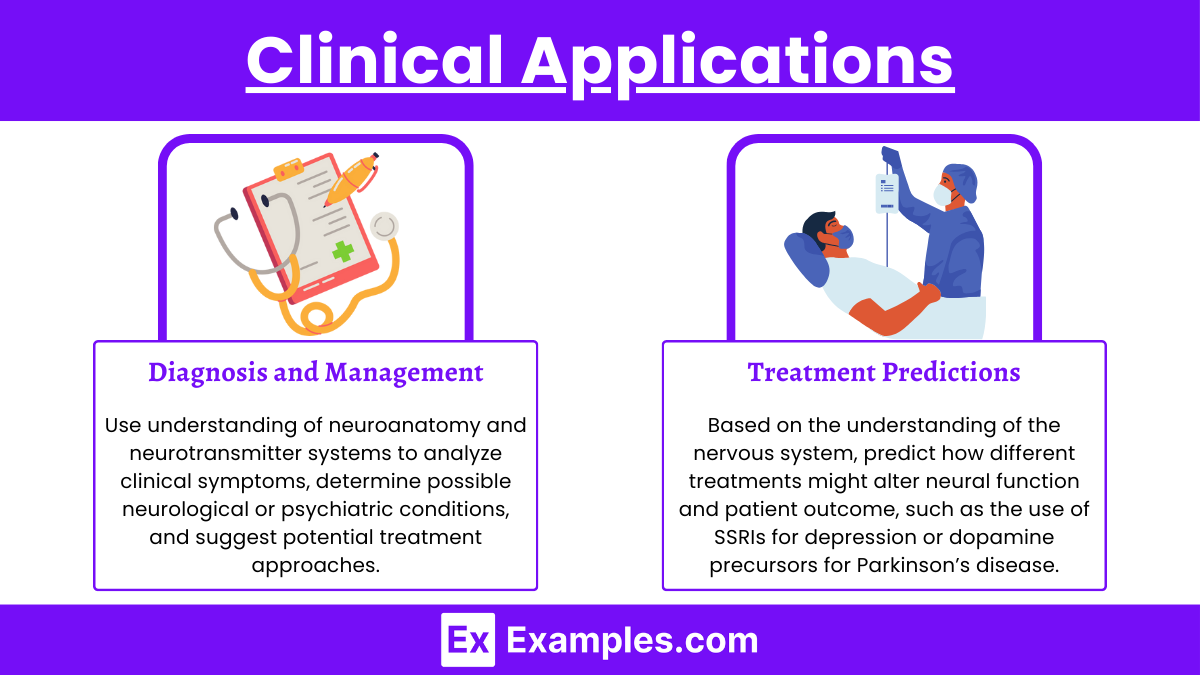Preparing for the MCAT requires a thorough understanding of the nervous system's role in the biological basis of behavior, as it is central to the Organ Systems foundation. This topic encompasses the complex interactions between neural structures and their corresponding functions, influencing everything from basic survival instincts to advanced cognitive processes. Key areas of focus include the anatomy and physiology of neurons, the mechanisms of neurotransmission, and the integration of sensory and motor pathways. Understanding these components is critical for diagnosing and managing neurological disorders and for appreciating the neurobiological underpinnings of human behavior. Mastery of this content is essential for a high score on the MCAT, as it combines detailed scientific knowledge with clinical application, providing a comprehensive framework for future medical professionals.
Learning Objective
In studying the "Biological Basis of Behavior: The Nervous System" for the MCAT, you should aim to comprehend the structural and functional components of the nervous system, including the roles of the central and peripheral nervous systems. Understand how neurons transmit signals through action potentials and neurotransmitters, and how these processes affect behavior and cognitive functions. Explore the neuroanatomical structures and their specific functions related to behavior, emotion, and cognition. Additionally, analyze the impact of various neurotransmitters on mental health and behavior, and apply this knowledge to clinical scenarios and MCAT practice questions to assess neurological conditions and predict treatment outcomes.
Neural Structures and Functions
Gain an in-depth understanding of the central (CNS) and peripheral nervous systems (PNS), which are pivotal in all neurological functions:
Central Nervous System: The CNS is comprised of the brain and spinal cord. The brain processes sensory information, orchestrates responses, and facilitates complex cognitive processes. The spinal cord acts as a conduit for signals between the brain and the rest of the body and is involved in reflex arcs.
Peripheral Nervous System: The PNS includes all the neural elements outside the CNS, responsible for transmitting information to and from the brain and spinal cord. It’s divided into the somatic nervous system, which governs voluntary muscle movements and sensory reception, and the autonomic nervous system, which manages involuntary functions.
Neurons and Glial Cells: Understand the different types of neurons (sensory, motor, and interneurons) and their functions. Glial cells provide structural and metabolic support to neurons, participate in ion transport, and help maintain the blood-brain barrier.
Signal Transmission
Signal transmission is the process by which neurons communicate by sending electrical or chemical signals across synapses, allowing information to be relayed throughout the nervous system for response and coordination.
Explore the intricate processes by which neurons communicate with each other and the rest of the body:
Action Potentials: Learn how these electrical impulses are generated by changes in ionic gradients across the neuron's membrane and how they propagate along the axon to the synapse.
Neurotransmission: Study the release of neurotransmitters from synaptic vesicles following an action potential's arrival at the synaptic terminal, and how these chemicals facilitate communication across synaptic clefts to the postsynaptic neuron.
Neuroanatomy and Behavior
Delve into the relationship between specific brain regions and their impact on behavior, cognition, and emotion:
Cerebral Cortex: The seat of complex thought processes, this region is responsible for decision making, sensory perception, and voluntary motor functions.
Limbic System: Key in controlling emotional responses and memory formation, involving structures such as the hippocampus, amygdala, and thalamus.
Brainstem: Regulates essential involuntary functions like breathing, heart rate, and digestion.
Neurotransmitter Systems
Neurotransmitter systems involve chemical messengers that transmit signals between neurons across synapses. Different neurotransmitters, like dopamine and serotonin, regulate various brain functions, including mood, movement, and cognition, playing crucial roles in communication within the nervous system.
Examine how neurotransmitters influence neural activity and behavioral outcomes:
Major Neurotransmitters: Study the roles of dopamine in reward and pleasure systems, serotonin in mood and emotion regulation, and gamma-aminobutyric acid (GABA) in inhibitory control and relaxation.
Pathways and Imbalances: Learn how imbalances in neurotransmitter systems can lead to psychological and neurodegenerative disorders such as depression, schizophrenia, and Parkinson’s disease.
Clinical Applications
Apply your knowledge to diagnose and manage neurological and psychiatric conditions:
Diagnosis and Management: Use understanding of neuroanatomy and neurotransmitter systems to analyze clinical symptoms, determine possible neurological or psychiatric conditions, and suggest potential treatment approaches.
Treatment Predictions: Based on the understanding of the nervous system, predict how different treatments might alter neural function and patient outcome, such as the use of SSRIs for depression or dopamine precursors for Parkinson’s disease.
Examples
Example 1:Action Potential Mechanism
An action potential in a neuron of the central nervous system, like those in the cerebral cortex responsible for decision-making:
When a neuron reaches a threshold potential, voltage-gated sodium channels open, allowing Na+ ions to rush into the cell, depolarizing the membrane. This is followed by the opening of potassium channels that restore the resting potential by allowing K+ ions to exit the cell.
Example 2:Neurotransmitter Release and Reuptake
Serotonin transmission in a neuron within the limbic system affecting mood and emotional states:
Serotonin is released from the presynaptic neuron into the synaptic cleft, binds to receptors on the postsynaptic neuron to alter its activity, and is then taken back up into the presynaptic neuron or broken down by enzymes, maintaining neurotransmitter balance.
Example 3:Reflex Arc
The knee-jerk reflex (patellar reflex), a common reflex test performed during neurological examinations:
Tapping the patellar tendon stretches receptors in the quadriceps muscle, sending a signal via sensory neurons to the spinal cord, where it directly communicates with motor neurons. The motor neurons send a signal back to the quadriceps, causing it to contract and produce the knee-jerk.
Example 4:Neuroanatomy and Behavior Interaction
The role of the amygdala in processing fears and threats:
When a threat is perceived, the amygdala is activated, it processes the emotional response and interacts with other brain regions like the hippocampus and prefrontal cortex to assess the threat and decide on a response, such as fight or flight.
Example 5:Clinical Application in Treating Neurological Disorders
Use of Levodopa in Parkinson’s disease treatment:
Parkinson’s disease is characterized by low dopamine levels due to degenerative changes in the substantia nigra. Levodopa, a precursor to dopamine, crosses the blood-brain barrier and is converted to dopamine in the brain, helping to alleviate motor symptoms.
Practice Questions
Question 1:
Which neurotransmitter is primarily involved in regulating mood, sleep, and appetite?
A) Dopamine
B) Serotonin
C) Acetylcholine
D) GABA
Answer: B) Serotonin
Explanation:
Serotonin plays a crucial role in regulating mood, sleep, and appetite, among other physiological functions. Imbalances in serotonin levels are commonly associated with depression and other mood disorders, making it a key target for many antidepressant drugs.
Question 2:
Which of the following is NOT a component of a simple reflex arc?
A) Sensory neuron
B) Motor neuron
C) Interneuron
D) Synaptic cleft
Answer: D) Synaptic cleft
Explanation:
A simple reflex arc typically involves a sensory neuron, an interneuron (in some cases, though not always, as in the patellar reflex which lacks an interneuron), and a motor neuron. The synaptic cleft, while a feature of the synaptic connection between neurons, is not considered a 'component' of the reflex arc itself but rather a part of the synaptic structure where neurotransmitter-mediated signal transmission occurs.
Question 3:
Which neurotransmitter is primarily involved in regulating mood, sleep, and appetite?
A) Dopamine
B) Serotonin
C) Acetylcholine
D) GABA
Answer: B) Serotonin
Explanation:
Serotonin plays a crucial role in regulating mood, sleep, and appetite, among other physiological functions. Imbalances in serotonin levels are commonly associated with depression and other mood disorders, making it a key target for many antidepressant drugs.



